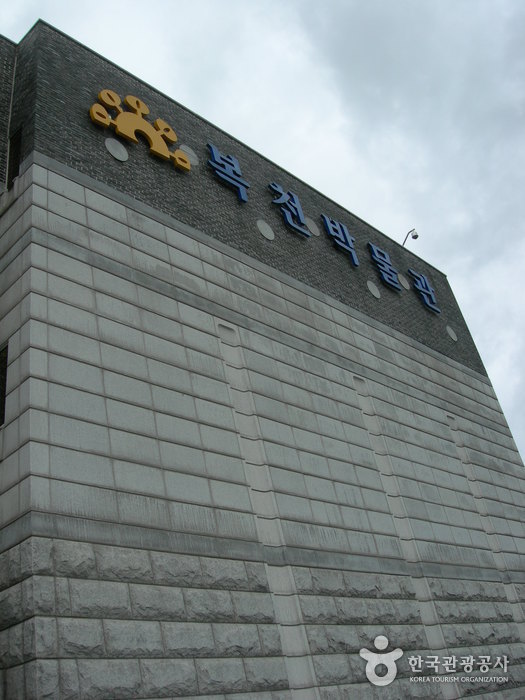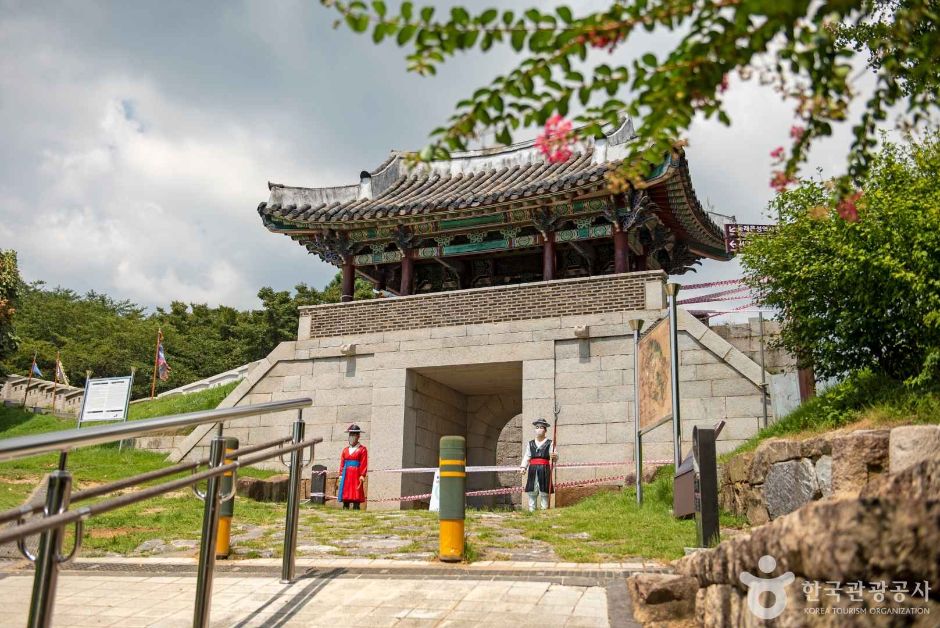Platform Place - Lotte Dongbusan Branch [Tax Refund Shop] (플랫폼플레이스 롯데동부산)
11.2Km 2024-06-27
1F, 147, Gijanghaean-ro, Gijang-eup, Gijang-gun, Gijang-gun, Busan
-
Fila - Lotte Dongbusan Branch [Tax Refund Shop] (휠라 롯데동부산)
11.2Km 2024-06-27
2F, 147, Gijanghaean-ro, Gijang-eup, Gijang-gun, Gijang-gun, Busan
-
8 Seconds [Tax Refund Shop] (8세컨즈)
11.2Km 2024-06-27
147, Gijanghaean-ro, Gijang-eup, Gijang-gun, Gijang-gun, Busan
-
LOTTE Premium Outlets – Dongbusan Store (롯데 프리미엄아울렛 동부산점)
11.2Km 2024-04-29
147 Gijanghaean-ro, Gijang-gun, Busan
+82-1577-0001
Visitors will be delighted to discover the first seaside department store in Korea, where they can witness a spectacular Guinness-certified fountain show. Shoppers can enjoy a wealth of shopping content, including a restaurant area with a diverse selection of local eateries and a rooftop park with stunning views of Yeongdo Ocean and Nampo-dong City.
Busan Marine Natural History Museum (부산해양자연사박물관)
11.2Km 2021-06-09
175, Ujangchun-ro, Dongnae-gu, Busan
+82-51-553-4944
Opened on June 10, 1994, the Busan Marine Natural History Museum is the first and largest museum of its kind in Korea. The museum features some 25,000 marine specimens from over 100 countries around the world, including rare living species and those native to Korea. The museum opened a second exhibition hall in April 2003, and launched the Busan Fishing Village Folk Museum on February 23, 2007.
Skyline Luge Busan (스카이라인 루지(부산))
11.2Km 2025-04-15
205 Gijanghaean-ro, Gijang-gun, Busan
Skyline Luge was first invented 32 years ago in Rotorua, New Zealand. It is currently a popular sport, with over 40 million rides recorded worldwide. Now, lugin facilciities are operated in six regions worldwide, including Busan. Skyline Luge Busan is a representative outdoor experiential amusement facility at Osiria Theme Park in Dongbusan. It has various auxiliary facilities with the beautiful sea as a backdrop and is a popular activity for the whole family. Take the Skyride lift o the starting point, get on the specially designed luge cart for down riding, and enjoy a thrilling 2.4-kilometer ride down from four tracks.
Homeplus Stores - Busan Banyeo Branch [Tax Refund Shop] (홈플러스스토어즈 부산반여)
11.2Km 2024-04-22
37, Seonsuchon-ro 21beon-gil, Haeundae-gu, Busan
-
Busan Bokcheon Museum (복천박물관(부산))
11.3Km 2021-03-15
63, Bokcheon-ro, Dongnae-gu, Busan-si
+82-51-554-4263
Bokcheon Museum, an archaeological museum in Busan, opened its doors to the public on October 5, 1996 as a tribute to the long-honored history of Busan from the Samhan Era to the Three Kingdoms Era. The museum displays relics and artifacts excavated from the ancient burial ground in Bokcheon-dong. As many as 169 artifact pieces, including diverse earthenware, weapons, and ruins, found in a series of seven excavations are on display throughout the museum. The array of relics and tombs discovered in the Ancient Tombs in Bokcheon-dong, designated as Historic Site No. 273, are essential to solving the mystery of the Gaya Kingdom, which remains an uncharted, secret land.
Since opening, the museum has been conducting further research at the site of the burial grounds and remains in the local area to better understand the antiquated history and culture of Busan as well as the ancient kingdom of Gaya. The museum, as a reputable venue for historical education and exploration, also holds academic seminars and special exhibitions to share the research results and achievements with scholars and the community alike.
Geumgang Park (금강공원)
11.4Km 2024-03-05
155 Ujangchun-ro, Dongnae-gu, Busan
+82-51-860-7880
Geumgang Park is a park located at the foot of Geumjeongsan Mountain, near the Dongnae Hot Springs Area. It features lush forests of naturally grown trees, majestic cliffs, and valleys creating breathtaking scenery. Throughout the park, there are numerous historical relics and ruins. A cable car is available for visitors to ascend Geumjeongsan Mountain, offering panoramic views of downtown Busan. Nearby attractions include the Busan Folk Art Center, Busan Marine Natural History Museum, and Geumgang Botanical Garden.
Site of Dongnaeeupseong Walled Town (동래읍성지)
11.6Km 2024-09-26
48-2 Myeongnyun-dong, Dongnae-gu, Busan
Site of Dongnaeeupseong Walled Town, built towards the end of the Goryeo dynasty and the early Joseon dynasty, was a significant fortress during the Imjin War in 1592. It served as the main battleground where civilians, officials, and soldiers united to resist the Japanese forces. Recognizing the strategic importance of the Dongnae area, a much larger fortress was constructed in 1731, replacing the original structure from one built during war. Today, only traces of the fortress remain, with the Bukmun Gate, Insaengmun Gate, Dongjangdae Command Post, Seojangdae Command Post, and Bukjangdae Command Post having been restored.
![Platform Place - Lotte Dongbusan Branch [Tax Refund Shop] (플랫폼플레이스 롯데동부산)](http://tong.visitkorea.or.kr/cms/resource/46/3313646_image2_1.jpg)
![Fila - Lotte Dongbusan Branch [Tax Refund Shop] (휠라 롯데동부산)](http://tong.visitkorea.or.kr/cms/resource/99/3313699_image2_1.jpg)
![8 Seconds [Tax Refund Shop] (8세컨즈)](http://tong.visitkorea.or.kr/cms/resource/96/2885096_image2_1.jpg)




 English
English
 한국어
한국어 日本語
日本語 中文(简体)
中文(简体) Deutsch
Deutsch Français
Français Español
Español Русский
Русский